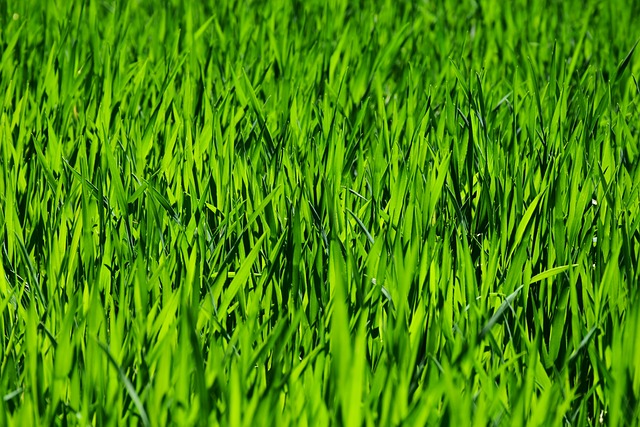Lawn Care and Landscaping requires understanding your grass's unique water needs, which vary by sunlight, soil, and climate. Optimize irrigation with microclimate assessment and moisture meter monitoring. Use weather-sensitive controllers for consistent watering, fostering deep root growth and lawn resilience. Choose the right irrigation system (drip, sprinkler, misting) based on property size, terrain, and soil type. Efficient systems save water, time, and promote healthy landscapes after meticulous installation planning and testing.
“Transform your lawn from a simple green space into a vibrant oasis with an efficient irrigation system. This comprehensive guide delves into the art of lawn care and landscaping, offering insights on understanding your turf’s unique water requirements.
Learn how to choose the perfect irrigation system tailored to your outdoor sanctuary’s needs. From sprinklers to drip setups, we’ll navigate you through the selection process. Then, discover a step-by-step installation guide, ensuring best practices for a successful and sustainable lawn care journey.”
- Understanding Your Lawn's Water Needs: A Comprehensive Guide
- Choosing the Right Irrigation System for Your Landscaping
- Installation Process: Step-by-Step Tips and Best Practices
Understanding Your Lawn's Water Needs: A Comprehensive Guide

Understanding your lawn’s water needs is a crucial step in effective lawn care and landscaping. Every grass type has distinct requirements, influenced by factors like sunlight exposure, soil composition, and climate. Proper watering practices not only ensure your lawn’s health but also help conserve water resources. By assessing your lawn’s microclimates—shaded areas needing less water than full-sun regions—you can optimize irrigation.
Regular monitoring of moisture levels is key. Check the top few inches of soil with a moisture meter or simply by sticking your finger down into it. Lawns require consistent but thorough watering, focusing on deep penetration to encourage deep root growth. This promotes lawn resilience and reduces water waste. Incorporating weather-sensitive irrigation controllers further ensures your lawn receives the right amount of water at the optimal times, contributing to lush, vibrant grass year-round.
Choosing the Right Irrigation System for Your Landscaping

When it comes to choosing an irrigation system for your landscaping, understanding your specific needs is paramount. Factors like soil type, climate, and the size and layout of your property play a crucial role in determining the most suitable system. For instance, if you have a large property with varied terrain, a drip irrigation system could be ideal due to its precision and efficiency in delivering water directly to plant roots, minimizing waste. On the other hand, a sprinkler system might be more appropriate for smaller, evenly landscaped areas, offering quick and thorough coverage.
In the realm of lawn care and landscaping, the right irrigation system can transform your outdoor space. It ensures that your plants, lawns, and gardens receive the optimal amount of water they need, promoting healthy growth and reducing waste. Modern systems also offer customizable settings, allowing you to program timings and volumes based on daily weather data for maximum efficiency. This not only conserves water but also saves time and effort in maintaining your landscape.
Installation Process: Step-by-Step Tips and Best Practices

The installation process for an irrigation system is a meticulous task that requires careful planning and execution to ensure optimal lawn care and landscaping. Begin by assessing your property’s unique needs, considering factors like soil type, climate, and existing vegetation. This initial step is crucial as it determines the best irrigation approach—drip, sprinkler, or misting systems—for your lawn care routine.
Next, plan the layout of your system, marking the position of each component, from valves to sprinklers or emitters. Ensure efficient water distribution by considering slope and drainage. Digging trenches for buried pipes is often necessary, requiring careful navigation around trees and shrubs. Proper backfilling and securing of pipes are essential best practices to prevent damage and maintain water flow. Test the system thoroughly after installation, checking each zone’s functionality, and adjust as needed to achieve uniform lawn irrigation.
Irrigation system installation is a valuable investment for any lawn care and landscaping enthusiast. By understanding your lawn’s water needs and selecting the right system, you can ensure efficient watering that promotes lush, healthy growth. Following the step-by-step installation tips outlined in this guide will help you create a robust and effective irrigation network tailored to your specific landscape. Embrace the benefits of automated watering and watch your outdoor space flourish with minimal effort.
